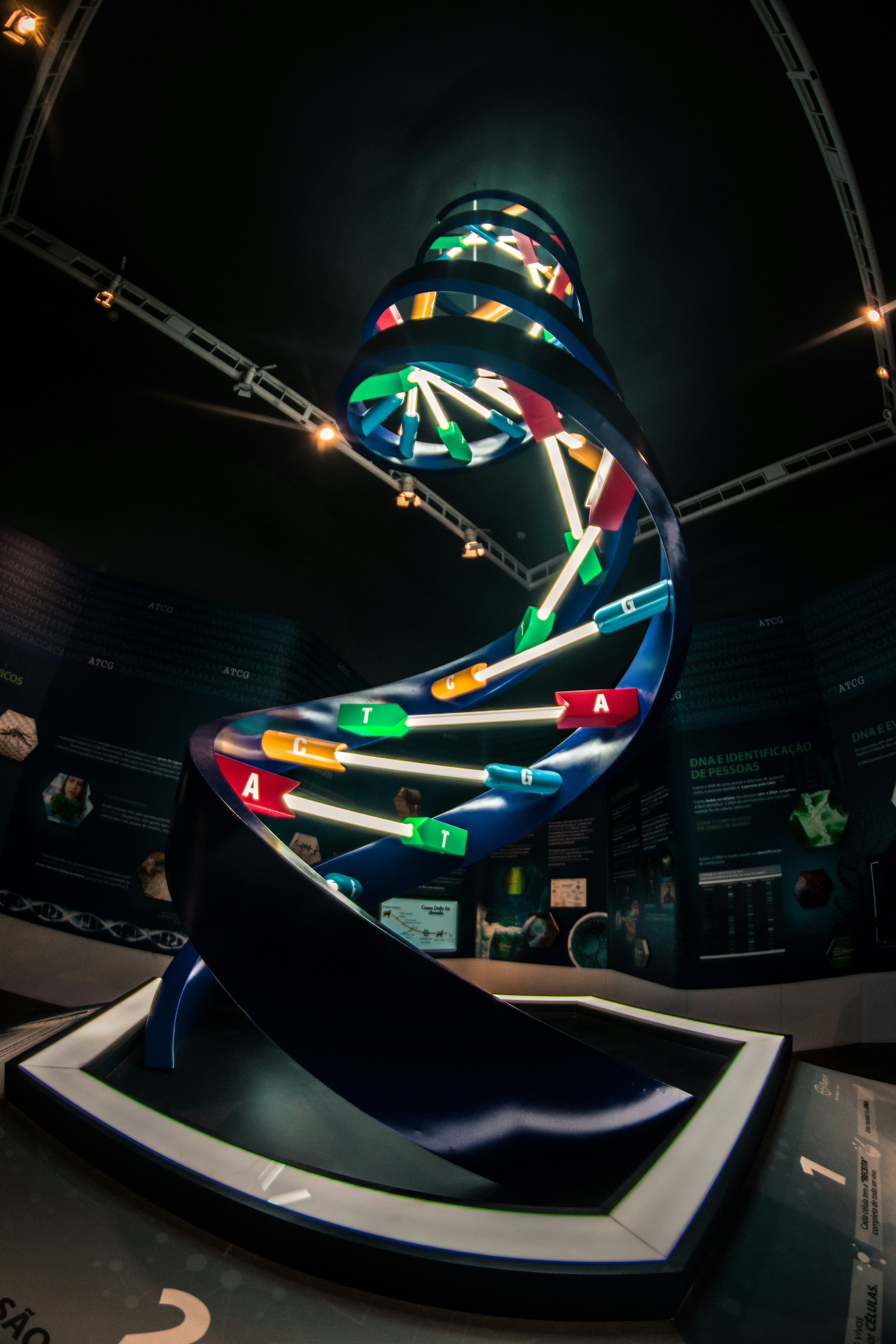What is a Codon?
-
A codon is a sequence of three nucleotides (triplet) in DNA or RNA.
-
Each codon corresponds to a specific amino acid or a stop signal during translation.
-
Example:
-
AUG = Start codon (Methionine in eukaryotes)
-
UAA, UAG, UGA = Stop codons
-
-
There are 64 possible codons (4³ = 64 combinations of A, U, G, C).
-
Out of these:
-
61 codons code for amino acids
-
3 codons are stop signals
-
This system is known as the genetic code.
A codon is a sequence of three nucleotides in DNA or RNA that corresponds to a specific amino acid or signals the termination of protein synthesis. This sequence is vital for translating the genetic code into proteins, which perform numerous essential functions in living organisms. Each codon is responsible for coding one of the 20 different amino acids, thereby playing a crucial role in the process of protein synthesis.
The Role of Codons in Protein Synthesis
During the process of translation, ribosomes read the codons in mRNA (messenger RNA) and translate them into a polypeptide chain, which then folds into a functional protein. There are a total of 64 possible codons, but only 61 of them correspond to amino acids, while the remaining three are stop codons that signal the end of protein synthesis. Understanding how these codons work is fundamental to molecular biology and genetics.
Types of Codons and Their Importance
Codons can be classified as either sense codons or stop codons. The sense codons specify amino acids, guiding the ribosome to add the right building blocks to the growing protein. Stop codons, on the other hand, play a crucial role in terminating protein synthesis. This regulation is essential for ensuring proteins are synthesized correctly and function effectively. Overall, codons are essential components of the genetic code and are key to the processes of heredity and evolution.



